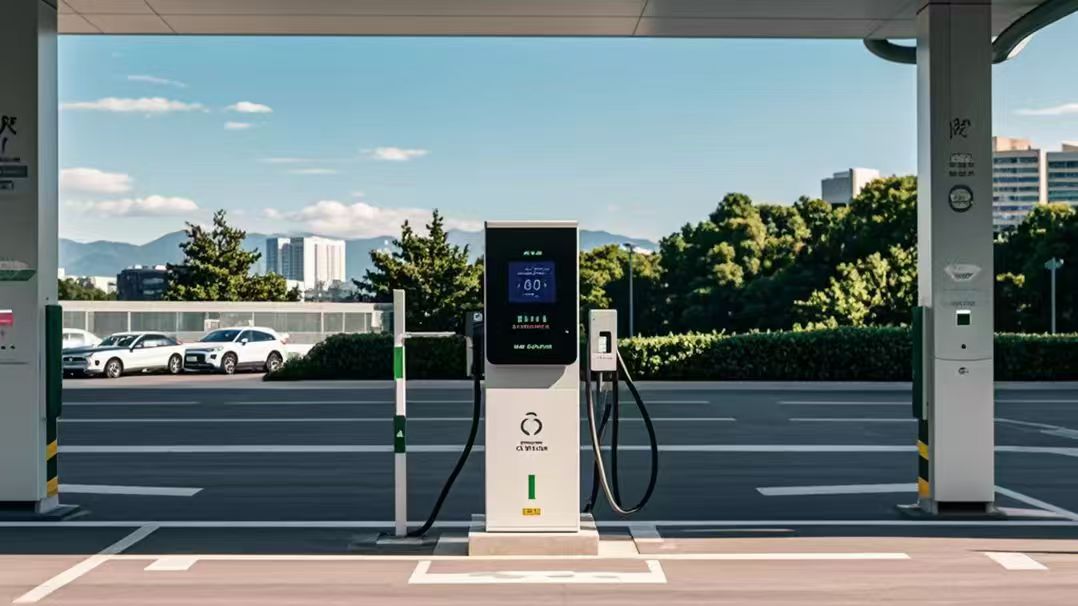With the proliferation of new energy vehicles (NEVs) and heightened consumer awareness towards eco-friendly transportation, the demand for charging infrastructure has soared rapidly. As of October 2023, statistics reveal that the number of public charging piles reported by member enterprises within China Charging Alliance has reached a staggering 2.525 million, and the growth rate continues to accelerate.
The Chinese government's publications, such as the "Guiding Opinions on Further Constructing a High-Quality Electric Infrastructure System" and the "Action Plan for Large-Scale Equipment Upgrading in Transportation," explicitly outline objectives to strengthen the construction of charging infrastructure.
In recent years, the charging pile industry has actively responded to policy directives and accurately captured market demands, propelling significant advancements. As a result, enhancing the reliability of charging pile systems has guaranteed their longevity, reduced operational and maintenance costs, and provided NEV users with more stable and secure charging services, allaying their concerns. This has, in turn, fostered the healthy development of the NEV sector, enhancing its image and boosting customer satisfaction.
For manufacturers, enhancing the reliability of charging pile systems necessitates a meticulous approach to material selection and design, particularly for the power supply—a core component whose reliability, performance, and lead time crucially impact the overall system's efficacy.
Common requirements for DC charging pile power supplies include:
Input Voltage Requirements: Given that charging piles draw power from outdoor grids, they are often subjected to substantial harmonic interference, causing the actual input voltage to surge, reaching as high as 290VAC+ or even more. Additionally, voltage fluctuations can be significant in rural grids or those located in remote mountainous areas along highways.
Three-Protection Technology or Fanless Design: Charging piles operate under extreme outdoor conditions, characterized by significant temperature fluctuations throughout the year, high humidity, and dust accumulation, necessitating a high-temperature/high-humidity/dust-resistant environment.
National Standard Compliance (12V/10A): To accommodate high-current charging scenarios and ensure auxiliary power supply for Battery Management Systems (BMS), the latest national standards have unified the power supply specifications to 12V/10A, standardizing BMS power supply systems for both passenger vehicles and buses.
Surge and Pulse Group Requirements: Given the complex application environments of charging piles, they are vulnerable to intense electromagnetic interference, including lightning-induced surges.
To meet these ubiquitous market demands, fanless semi-potting technology is employed in power supplies, enhancing system reliability. Based on the shared requirements of the charging pile industry, selecting a switching power supply featuring fanless semi-potting technology, like Mibbo MLC350 series, minimizes noise interference and dust accumulation. With an input voltage range of 90-264VAC and a high isolation voltage of 3750VAC, this series perfectly aligns with the needs of the charging pile sector.


